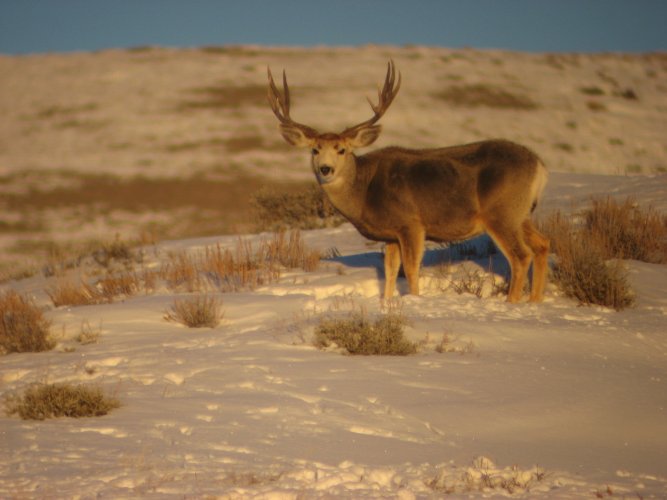2rocky
Well-known member
- Joined
- Jul 23, 2010
- Messages
- 5,137
Curious what folks have noticed about deer herds the Season after a hard winter. Please mention specific years....
I've heard the big bucks can survive but fawns and does are the brunt of the winterkill.
For successful hunters was the trophy quality different?
I've heard the big bucks can survive but fawns and does are the brunt of the winterkill.
For successful hunters was the trophy quality different?




